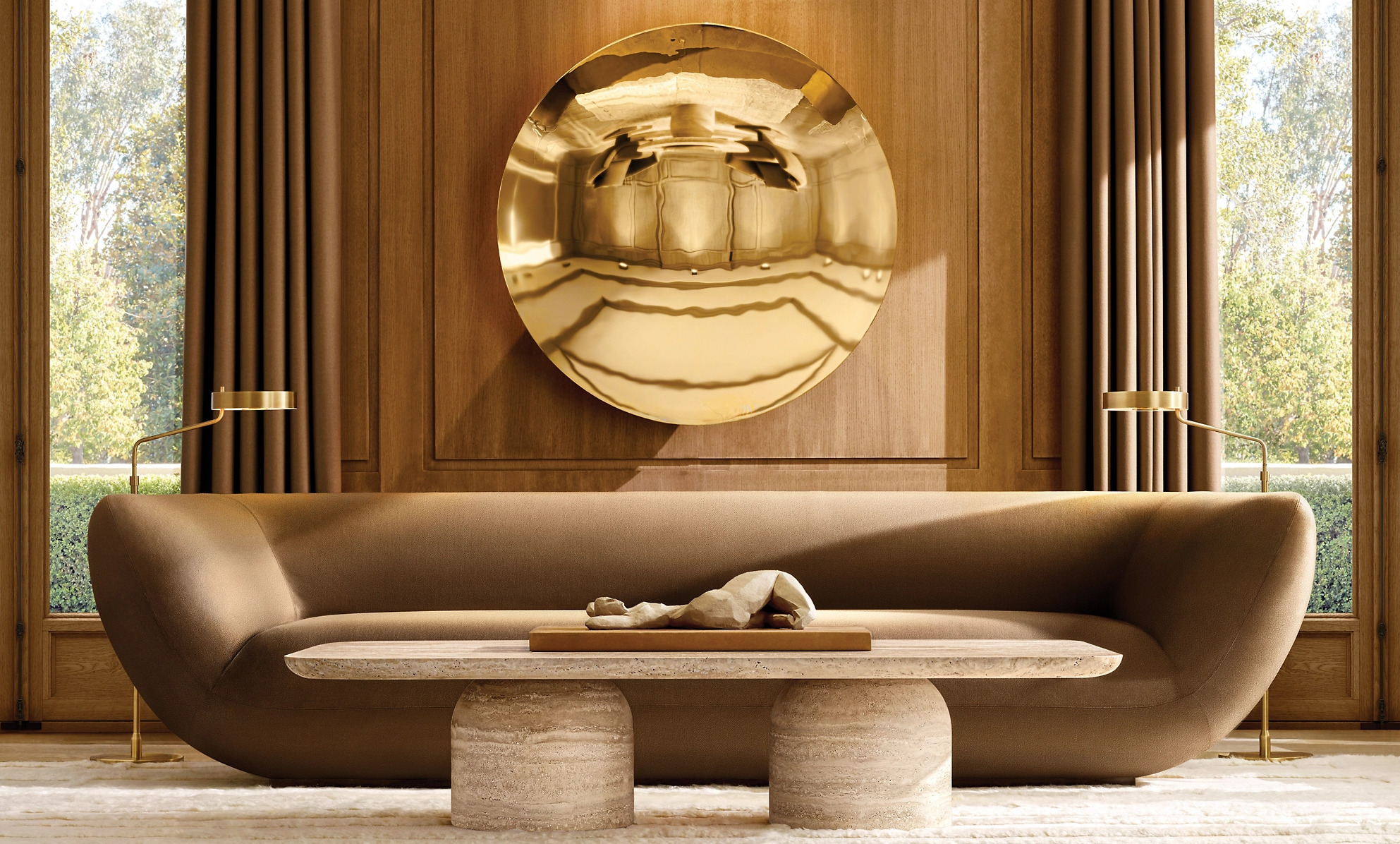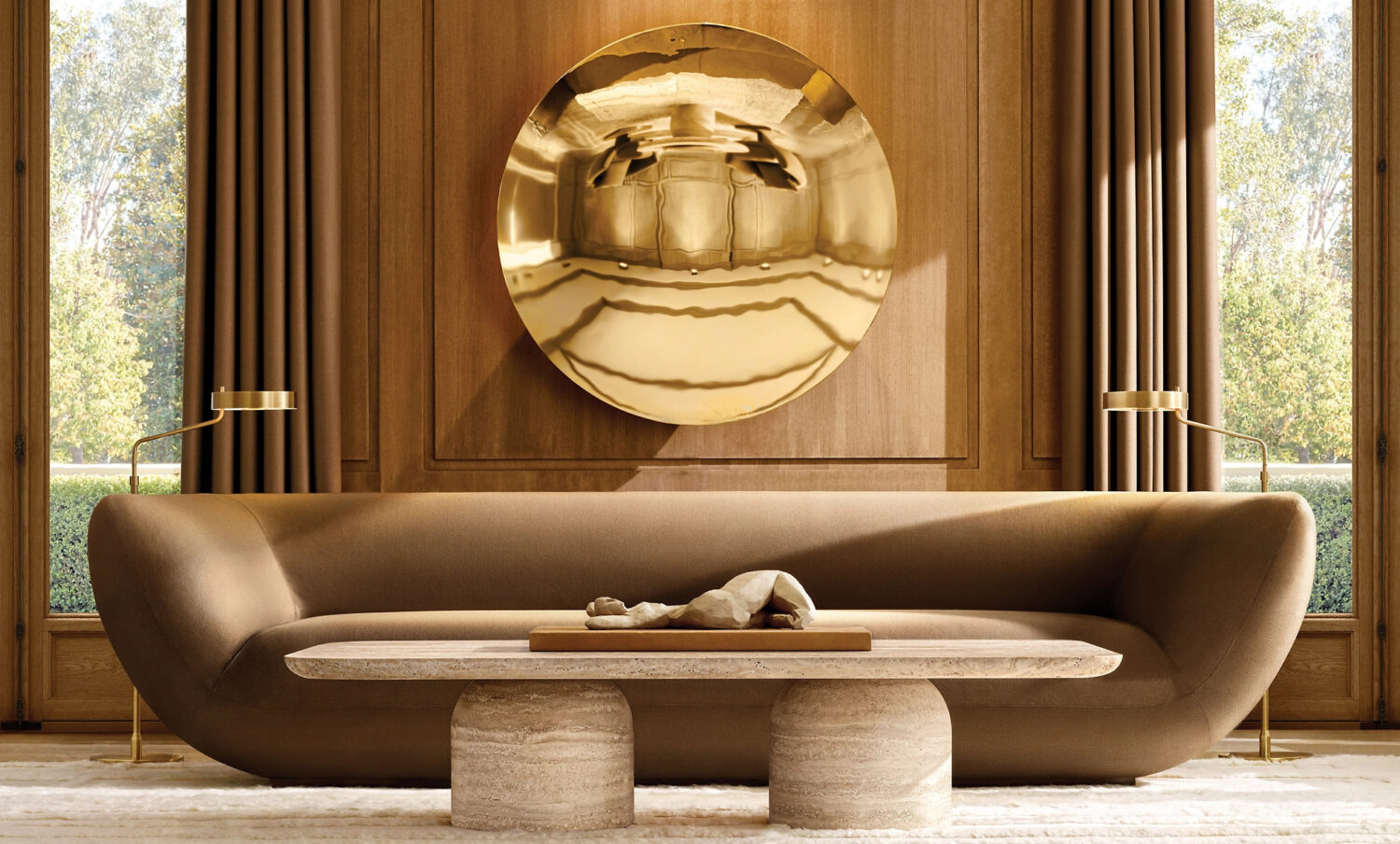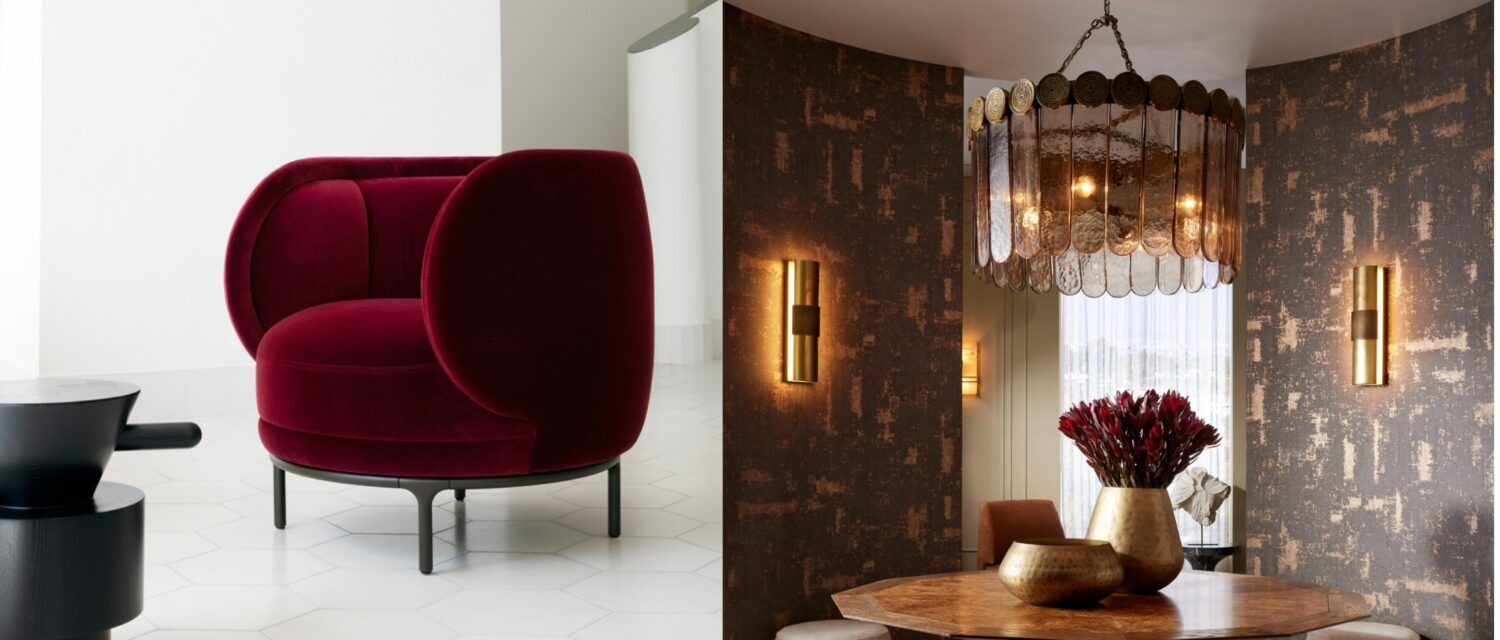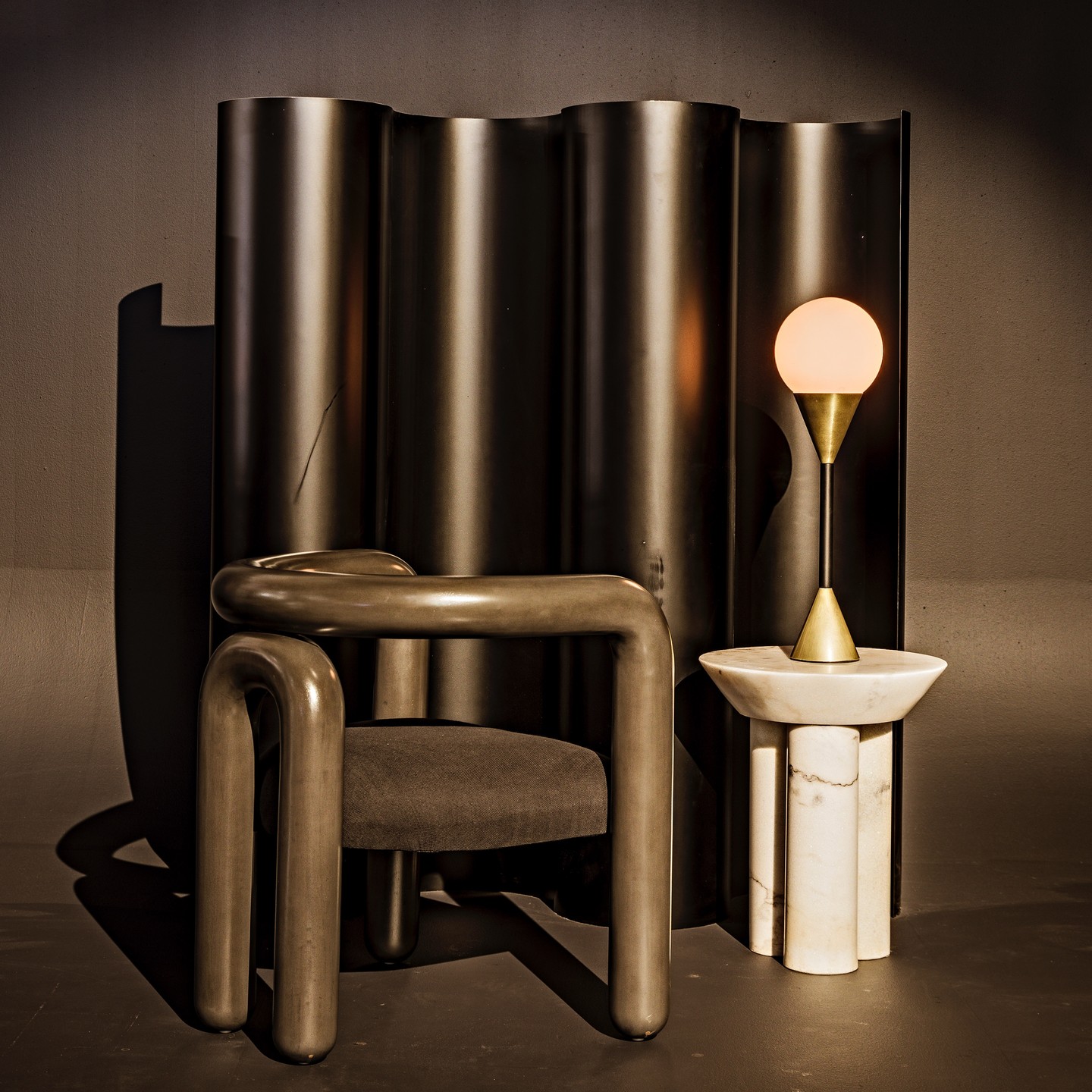
Have Arches and Radials Peaked?

As interior trend forecasters, MC&Co Trend is always on the lookout for emerging trends in home furnishings and décor. One trend that seems to have stood the test of time is the use of arches and radial shapes in furniture and decorative items. But have these classic shapes passed their peak? In this article, we’ll trace the history of these shapes and explore how they continue to influence contemporary design.
The use of arches in architecture dates back to ancient times, with examples found in Egyptian, Greek, and Roman structures. The arch’s ability to distribute weight evenly made it a popular choice for grand entrances and structural supports. During the Gothic era, pointed arches became a signature feature in cathedrals and other religious buildings. And in the Renaissance period, arches were often combined with columns to create a sense of grandeur and symmetry.
Radial shapes, on the other hand, are more closely associated with the Art Deco and mid-century modern periods. The sleek, streamlined designs of these eras often featured curved or circular elements, from sunburst motifs to spherical light fixtures. These shapes were seen as a departure from the ornate, classical styles of the past and represented a new era of modernity.
Today, we continue to see these shapes emerge in major building developments. From the sweeping curves of Zaha Hadid’s Heydar Aliyev Centre in Baku to the soaring arches of Santiago Calatrava’s Oculus at the World Trade Centre, architects are pushing the boundaries of what is possible with these shapes.

But what about their application in home furnishings and decorative items? It seems that architecture often leads the way in this regard, with designers drawing inspiration from the shapes and forms of the built environment. Patricia Urquiola’s Lunam collection for Kartell continues a curvilinear obsession. Jaime Hayon’s Vuelta Lounge chair takes inspiration from a perfect circle, with its backrest and seat smoothly curving around the user.
Even global brands like RH and Arteriors are embracing the use of arches and radial shapes in their furniture and lighting collections. RH’s Lotus sofa features a gently curved silhouette that hugs the body. Arteriors’ Roman Chandelier combines a series of Radial ended panels to create a sculptural, almost architectural form.


Images: Patricia Urquiola, Jaime Hayon, Arteriors
So, have arches and radial shapes passed their peak? MC&Co Trend’s forecast is a resounding no. While these shapes have been in use for centuries, they continue to inspire designers and captivate consumers. What we will see, however, is a shift towards more sculptural and dimensional versions of these shapes. We predict a return to tubular shapes in metals and woods, creating furniture and décor that is both functional and artful. Already, brand such as Noir are celebrating tubular elements with their Hockney Chair.

Image: Noir Furniture
In conclusion, arches and radial shapes are far from outdated. Their enduring popularity speaks to their versatility and timelessness, and we can expect to see them continue to influence design for years to come. Whether you’re drawn to the classical elegance of an arched mirror or the sleek lines of a circular side table, there’s a place for these shapes in any interior design scheme, homewares or furniture item.
So we encourage you to continue to embrace the curves and circles, and let them elevate your space to new heights.
Written by Michael Cleghorn, CEO and Founder of MC&Co Trend.
